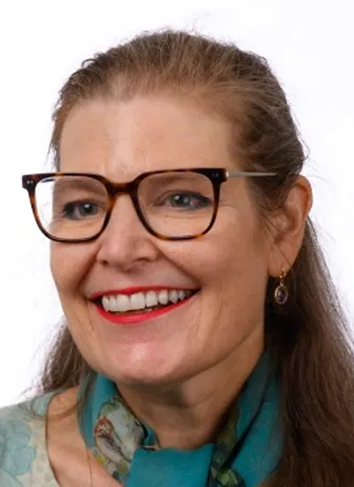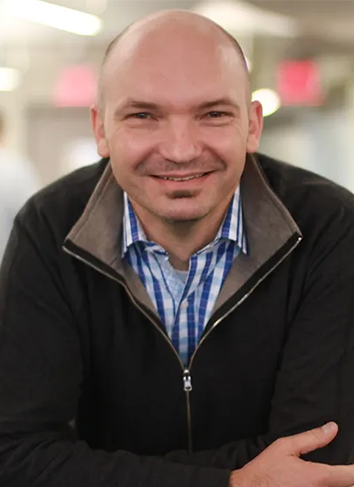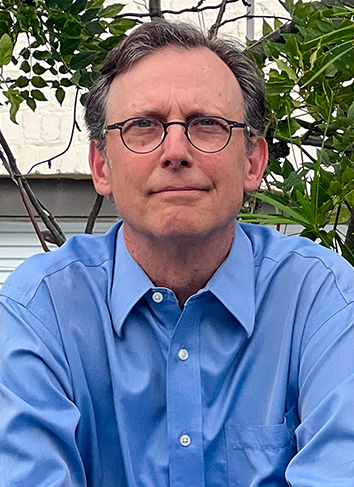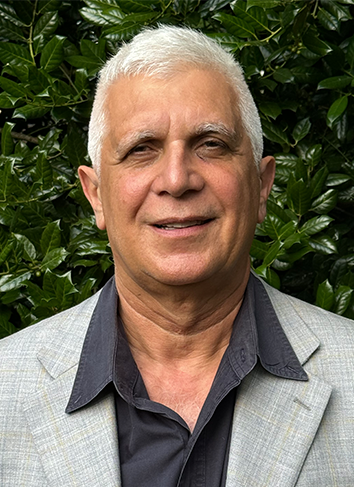Jaime Van Mourik, Associate AIA, LEED AP

Jaime Van Mourik, Associate AIA, LEED AP, is an ORISE Science, Technology, and Policy Fellow in the Building Technologies Office of the Department of Energy supporting the Residential Buildings Integration program working toward a zero carbon emissions future for all homes.
Jaime is passionate about educating people of all ages about the impacts of the built environment on their lives. She believes that providing knowledge and opportunities for action will result in true transformation. Jaime served as the vice-president for education solutions at the U.S. Green Building Council where she led a team to create and deploy education solutions. She collaborated with higher education institutions and advocates across the country to develop and deliver innovative learning platforms that integrate sustainability and green building concepts into curriculum, and create pathways to professional credentials.
Stacy Smedley, LEED AP BD+C

Stacy Smedley has a Bachelor of Arts in Architecture from the University of Washington and has spent more than 18 years in the architecture and construction professions. Her resume includes the first LEED for Homes Platinum certified project in Washington state as well as the first project in the world to be certified under Living Building Version 2.0 standards. Smedley is considered a subject matter expert in LEED, Living Building Challenge, and carbon emissions associated with buildings and construction. Smedley has served in various advisory and leadership roles, including Co-Chair of the Washington Businesses for Climate Action; Advisory Board Member for the University of Washington Carbon Leadership Forum; Construction Taskforce Chair for the Embodied Carbon Network; Advisory Group Member for AIA Materials Working Group; Emerging Professional Regional Chair for USGBC; Membership Chair for the Cascadia Green Building Council. She is a 2020 Grist 50 Fixer, a 2019 ENR Top 25 Newsmaker, and shared a Living Building Challenge Hero award for her work on the Bertschi School Living Science Building.
Carl Elefante, FAIA, FAPT

Carl Elefante is Principal Emeritus with Quinn Evans where he served as design principal on architecture, historic preservation, and community revitalization projects. Known for coining the phrase: “The greenest building is…one that is already built”, Carl writes and lectures internationally on historic preservation, sustainable design, climate change, and urban topics. Carl is a Senior Fellow with Architecture 2030, on the board of the Climate Heritage Network (CHN), and Adjunct Professor at The Catholic University of America and the University of Maryland. In 2018, Carl served as President of the American Institute of Architects (AIA) and was elected to the College of Fellows of AIA and the Association for Preservation Technology International (APT).
Ann Sussman, RA

Ann Sussman, RA, an architect, author and researcher is passionate about understanding how buildings influence people emotionally. Her book, Cognitive Architecture, Designing for How We respond to the Built Environment (2015), co-authored with Justin B. Hollander, won the 2016 Place Research Award from the Environmental Design Research Association (EDRA). A frequent speaker, she has given more than 80 lectures at regional conferences, colleges and universities, including keynoting architecture events in Houston, Cincinnati and Nashville in 2017, and presenting at Greenbuild/Berlin in 2018 and Greenbuild/Amsterdam in 2019.
Cristine Gibney, LEED AP

Building Scientist and veteran specializing in the human elements of high-performance buildings. Endeavor to apply building science techniques to improve effectiveness of all buildings, enabling a more sustainable energy grid. Author of the o2 Handbook, lowering energy demand while enhancing the human experience. https://www.o2-research.com
Oliver Baumann, LEED AP, CPHC, BCxP

Oliver Baumann is the President and CEO of Baumann Consulting, a specialty consultin firm for energy efficiency and sustainability. Oliver has more than 25 years of experience in modeling, design, commissioning, and measurement & verification for high-performance buildings. After joining the EB-Group in Munich in 1996, he went on to establish the Building Simulation Group and later served as Project Manager for integrated building design and low-energy projects and Head of the International Projects Group. Oliver’s expertise covers the entire lifecycle of commercial, institutional, and industrial buildings and facilities, from developing innovative energy concepts, peer review for design, quality assurance during construction, and measurement & verification of building performance and operation. Oliver advances cutting-edge best practices for high-performance buildings to maximize return on investment. Oliver also works to guide universities and communities to develop and implement campus-wide and community-wide integrated energy master plans.
Douglas Palladino AIA|DC President Emeritus

Douglas Palladino is an architect and educator with diverse experience in practice and education. His approach to architecture embraces the complexity required of the contemporary architectural profession. Responding to the requirements of carbon performance, tectonics, place, aesthetics as well as program.
“The challenge of our time is to design architecture that looks to the future from the perspective of the present. Our responsibility is greater now than ever. It is not whether to make a building beautiful or a high performing one that positively contributes to the city and environment. The question is how do we do both! By using technology and expertise from a broad range of disciplines, we fulfill our obligation of making the world better one building at a time.”
His professional work includes a broad range of completed civic, institutional, office, retail, and residential projects in the US and abroad. As a Principal in the Washington DC office of RTKL, he was a lead member of the team to design the LEED Gold FDA Headquarters. From master plan to the completion of a 2.3 million square foot, 135 acre campus near Washington DC. His studio pioneered the use of Revit at RTKL in 2005 leading the way for a firm wide adoption of BIM technology.
He is a long-time contributor to Catholic University's School of Architecture where he has taught design studios, graduate seminars, tectonics, photography, and served as thesis advisor. Douglas has lectured widely at professional and academic settings. Frequently serving as a visiting critic and has led travel programs to Italy, UK and Mexico.
Douglas has served as the president of the District of Columbia chapter of the American Institute of Architects. He received his architectural education from Virginia Tech, graduating with honors.
Ezio Mattiace, MBA, CEM, BEP, CPHC

Ezio Mattiace is a civil engineer with experience in project management of institutional, commercial and residential buildings both in Italy and the United States including the Center of Executive Training for Telecom Italy, Bari, the restoration of the 16th century Monastery of St. Dominic -Barletta, the experimental works of Saint Pio Church - S. Giovanni and the new Embassy of Italy in Washington, DC.
Ezio was a consultant on a NATO base water and steam conservation project in Europe, as well as technical consultant on several properties owned by the Italian Government in the USA, analyzing Indoor Air Quality and Energy Conservation measures.
He has been lecturer in “Challenges of Climate Change” and the “Climate Reality Project International Workshop” at Catholic University; Italian Design and Inspiration from the Renaissance, at the Italian Cultural Institute; at the Polytechnic of Milan on “Organization and Management of Restoration Building Sites”.
Ezio’s articles have been published in “The Strategy of Pericles”, Organizational Aspects of a Restoration Construction Site, by Laterza, Italy; “Technological Organization of a Restoration Site”, by G.R.M.
Ezio is a Certified Energy Manager® and Business Energy Professional® with the Association of Energy Engineers, a CPHC ® professional with PHIUS and an Advisor to the Board of Directors of the Maryland Clean Energy Center.
Affiliated Organizations
|
CHN is committed to tackling climate change and re-orienting international climate change discourse toward arts, culture, and heritage. |
The "Built Environment Education now" organization certifies and ranks architecture schools on their commitment to emphasize and increase the teaching of energy responsiveness. |
|
The CND Project is an effort by SBSE to create and disseminate resources and tools needed to integrate carbon neutral and zero-energy design into professional architecture programs and practice. |
The 2030 Palette is a database to facilitate the design of zero-carbon, adaptable and resilient built environments. |
|
Architecture 2030 puts the built environment, the major contributor of greenhouse gas emissions, at the center of solutions to the climate crisis. |
The CARE Tool allows users to compare the total carbon impacts of renovating an existing building vs. replacing it with a new one. |





